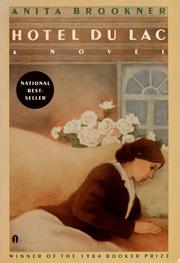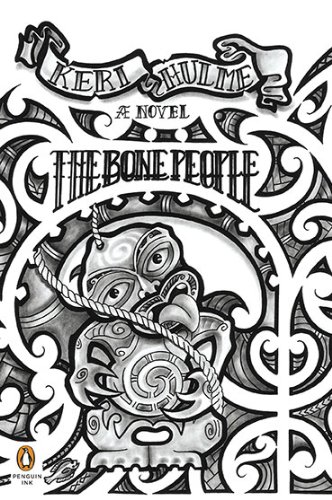I'm so far behind in reviewing books that you're getting a two-fer. These books both won the Booker Prize, and they both left me a little cold. So why not pair them here.
First up,
Hotel du Lac by Anita Brookner. This was a very late addition to my 2015 Challenge List, one I never told you about.

This is a slim little volume, certainly eligible for my "Perfect Little Books" shelf. But I don't think it's going to get there, not quite. This is a Booker Prize winner, so my opinion of it takes me a little by surprise, although from what I read, many thought it was not the strongest book in the year it won.
Don't get me wrong, I more or less enjoyed reading it. But I do feel a failure to connect with much of the book's intellectual heft. I think, maybe even hope, that it's because I've grown up in a different era from Edith, the main character.
This book is very much about the feminine world, i.e., the world as inhabited by females. I don't think you can accuse Anita Brookner of feminism, though. She spends a lot of time looking at women with personality problems who happily or unhappily fill the roles society has provided for them. Except, maybe Edith, who by the end of the book, has bucked society's expectations of her not once, but twice. (Although I don't know that returning to England to continue in her mistress role is really that avant garde. Women have been mistresses for millenia. You could argue it's a traditional role.)
Edith spends an increasing amount of time in the book conversing with Mr. Neville. It's a good chunk of these talks, and Edith's observations on other characters, that sometimes remain opaque for me. Edith's saying words, and Neville responds with more words, and I understand them all individually, but taken together I'm not always sure what they are getting at. This is just intermittent, though.
Final call:
.png)
Really, this is a three and a half. The writing is artful, but didn't really speak to me. I wouldn't put it high on your list.
And now, for
The Bone People by Keri Hulme.

This is a really cool book in a lot of ways, with so much potential. Sure the narrator is an author stand-in, and she has all these super-duper-but-unrealistic-to-find-in-one-person talents. But I really like the concept of the three main characters all needing something from each other to heal, and seeing how Kerewin builds bridges despite being hurt and volatile herself. I like the weird artsy stuff that blends its way into the narrative. I like the strange little inventions that Kerewin and Simon create. There's a lot of humor in the book, although a lot of it's grim or sarcastic.
I do not appreciate at all how the abuse was handled. I read the book as each of the three - Kerewin, Joe, and Simon - having to face crisis and come through transformation in order to heal emotionally. But Simon really got the short end of that stick. Kerewin, and Joe especially, take their failings out on Simon. Then they both go through their own near-death experiences and are "saved" by some mystical processes that aren't really clear. They come out the other side, somehow, wiser and more in tune with their Maori heritage. (Joe's story requires some extremely wild leaps of imagination, too.) So these two are supposed to be redeemed, I guess, by all this.
Now take Simon. He's 6-7 years old, he's a mental mess for good reason, and he's often drunk or drugged out of his mind in the story. Joe abuses him. At first you think it's "just" a whack here and there. Later, you realize it's serious and frequent beatings. Then, Joe very nearly kills him and does cause permanent damage to Simon's hearing and facial structure. Jeeeeesus. I don't think there's a character under any sun in any universe that can come back from that, for me. Certainly not by flinging himself off of a cliff, experiencing some strange interactions with an old guy, and then inheriting the old guy's secret Maori god-thing while being miraculously healed himself.
Of course, at the end, Simon still loves Joe, and Kerewin, who is indirectly responsible for the final savage beating. Warped love is all Simon knows and he isn't the best judge of what's good or right in the world. What 6 year old is??? I think that's what angers me - that Simon bears it all in this story. No mystical healing potions for him, he's left with his horrible scars and lost hearing and a devoted love for those who did the damage. While the very culpable adults are absolutely healthy and just feel guilty every once in a while when they notice Simon's face. The author doesn't seem to see him as a real boy at the end, just this construct to help Joe and Kerewin finally get in touch with each other and their inner Maori. Which I guess is fine, but don't think the average reader will appreciate it, given the sensitivity of the topic.
Final call:
.png)
Another Booker Prize winner that comes close, but just sorta misses the boat at the end.











.png)

































